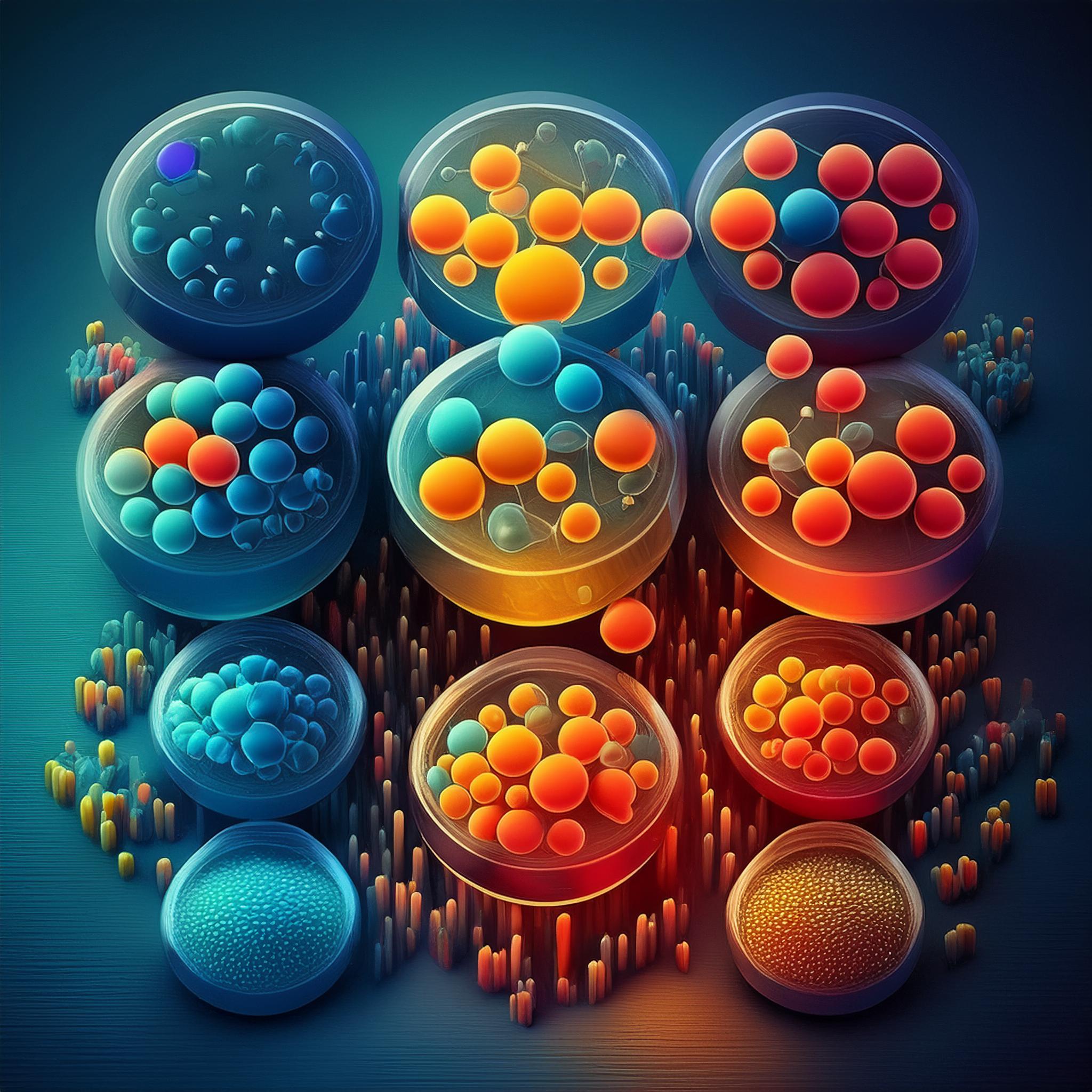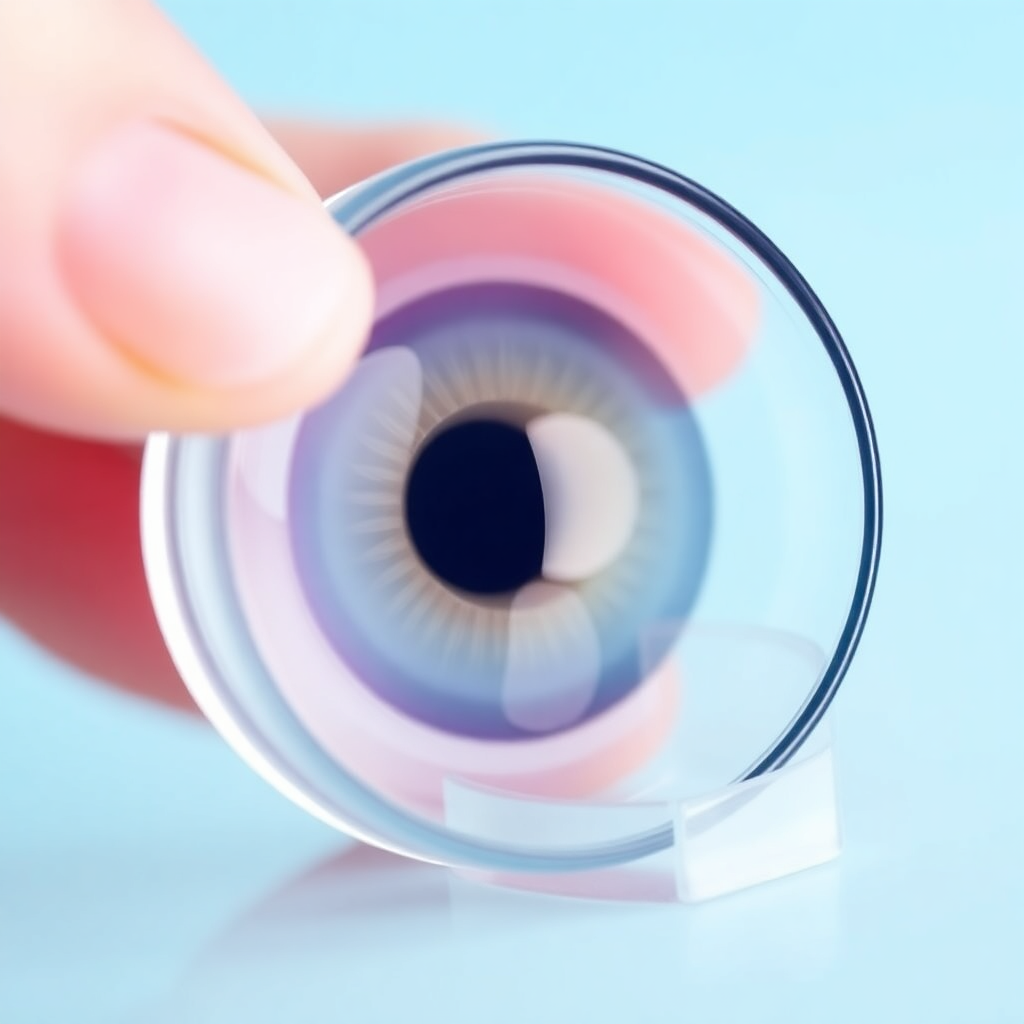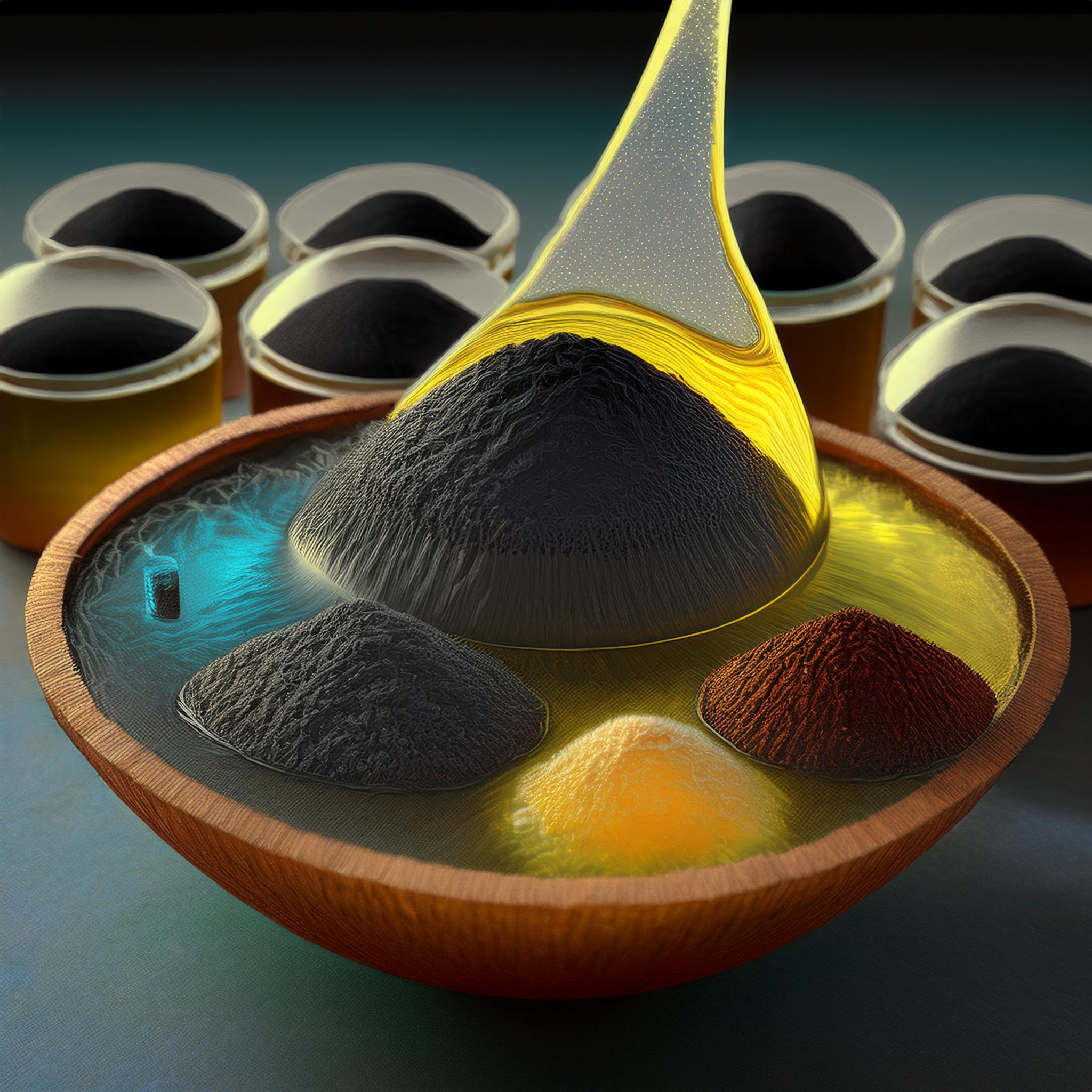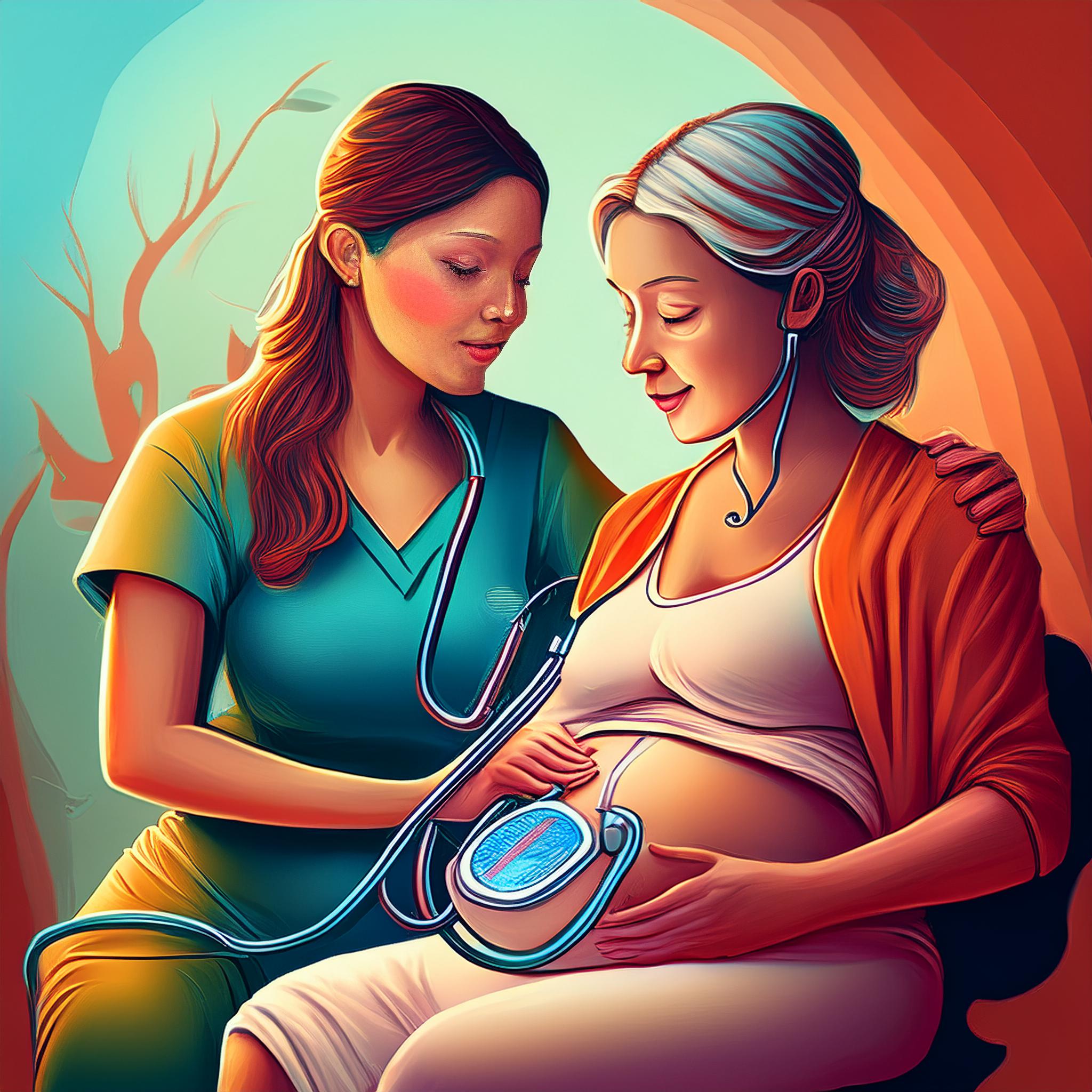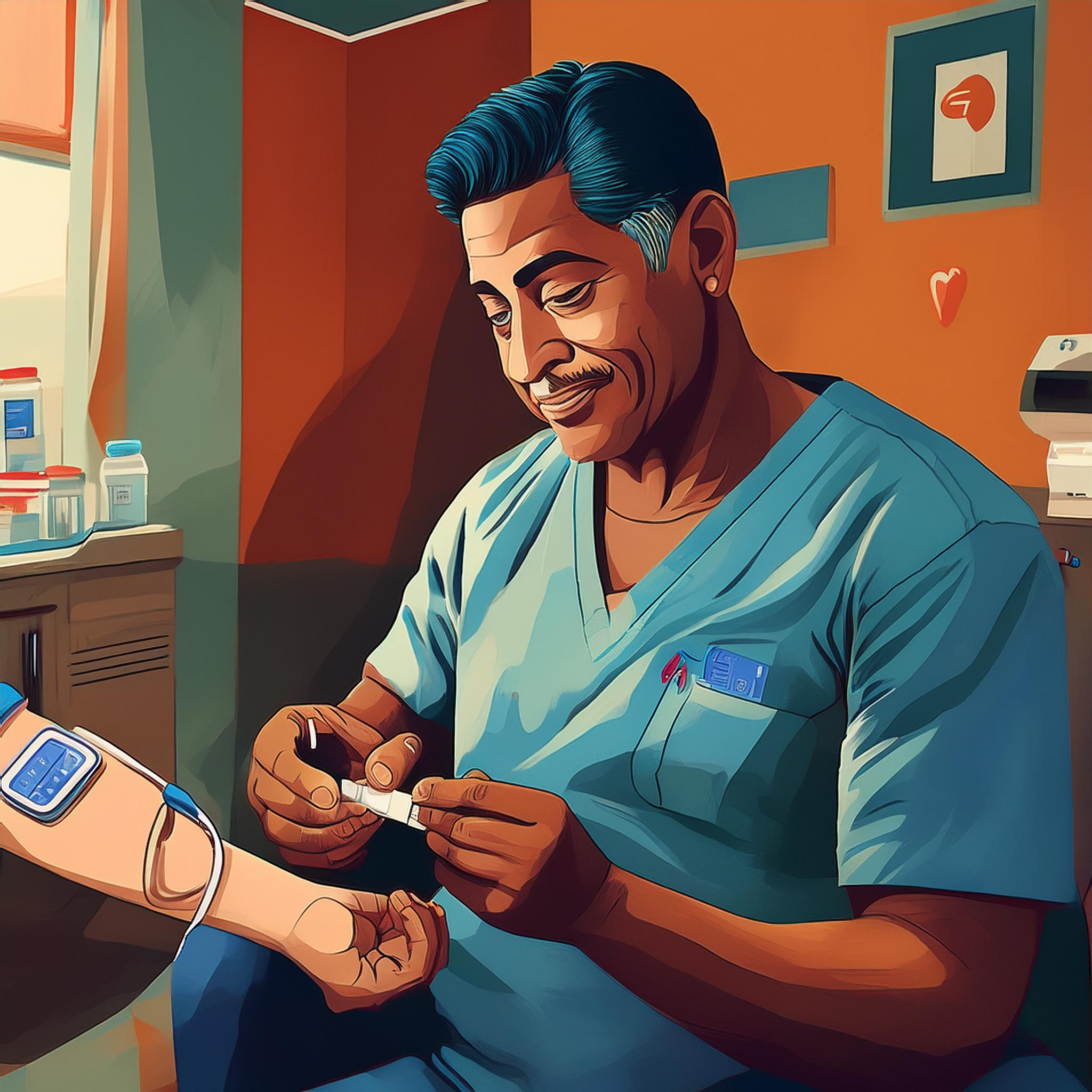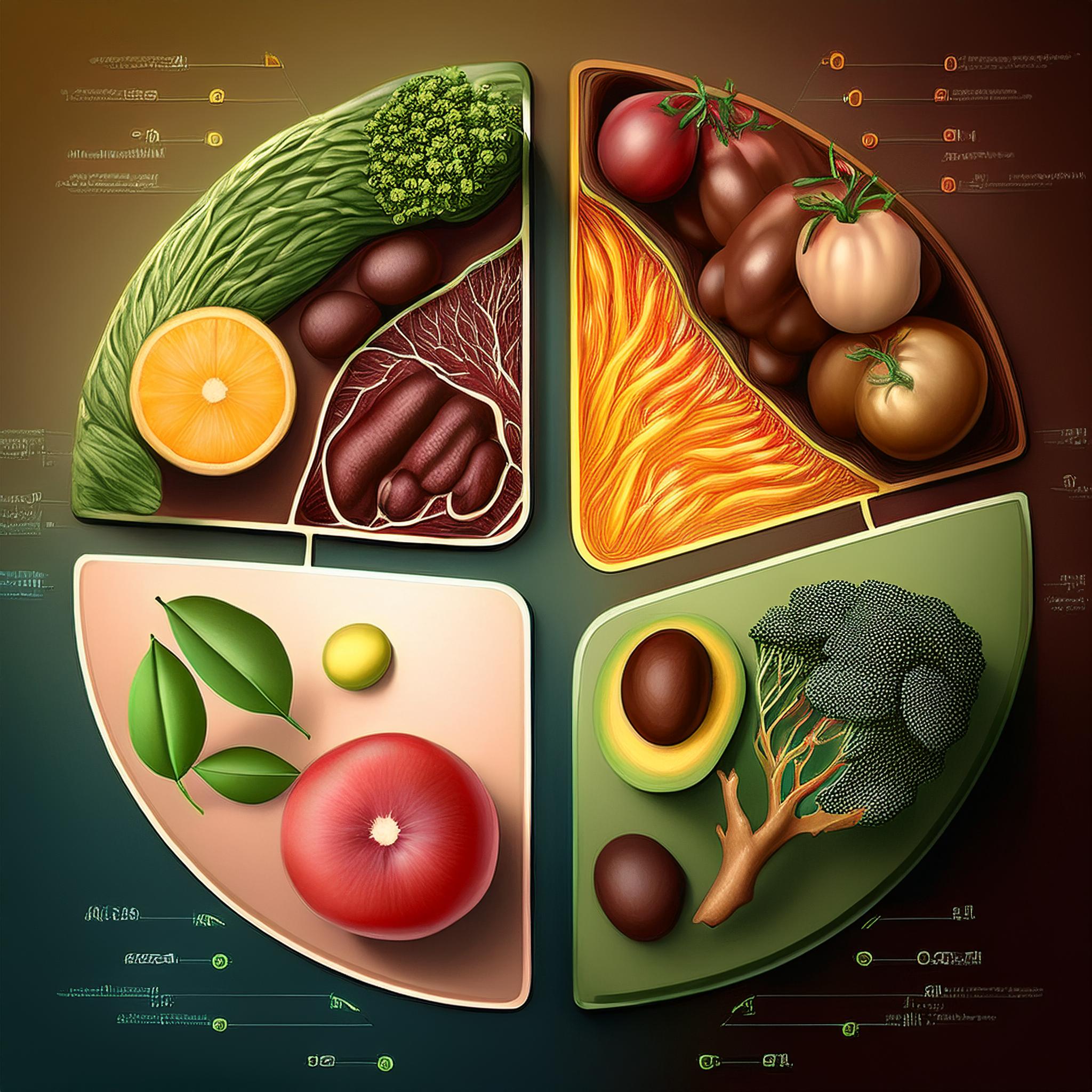Quality of Thorax CT Scan Images among Covid-19 Cases using Variations of Filter
Downloads
A typical image of the Thorax CT Scan as a sign of the early stages and development of Covid-19 is the finding of Ground Glass Opacities (GGO). GGO is an insignificant increase in the density of the lungs without occlusion of blood vessels and bronchi. In mild cases, GGO tends to be difficult to identify and requires high-resolution CT scanning. In this study, we intend to improve the resolution of the Thorax CT Scan image through filter settings, to analyze the difference in the variations of filters B50s, B70s, and B90s towards the quality of the CT Scan image and obtain the optimal use of filter in the Thorax CT Scan examination among Covid-19 cases. This was a quantitative analytical study conducted at one of the Regional General Hospital in Jakarta on March-April 2022. The samples were secondary data derived from 10 patients by using MSCT Siemens Somatom Perspective 128 slices. Data were collected through observation and experiment. The images collected were further analyzed using Image j software to find values of Signal to Noise Ratio (SNR) and Contrast to Noise Ratio (CNR). Furthermore, the values were compared by assessing the anatomical image information through various filters. The results of this study indicated that there were differences in the SNR and CNR values of the three filters. The higher resolution of the filter used, the more capable it was to sharper and more detailed the image but the noise level was also higher. Thorax CT Scan examination should be carried out using the B70s very sharp filter that was able to produce images with the optimal information and fairly low noise level. A very thin GGO image in the early stage of the manifestation of Covid-19 could be identified in the Thorax CT Scan examinations for diagnosis of Covid-19 case.
Ai, T., Yang, Z., Hou, H., Zhan, C., Chen, C., Lv, W., … Xia, L. (2020). Correlation of Chest CT and RT-PCR Testing for Coronavirus Disease 2019 (COVID-19) in China: A Report of 1014 Cases. Radiology, 296(2), E32–E40. https://doi.org/10.1148/radiol.2020200642
Bequet, A. Y., Kartikasari, Y., Mulyati, S., & Isnoviasih, S. T. (2019). Analisis Image Quality Ct Scan Thorax Dengan Variasi Lung Window Kernel Pada Msct Siemens Somatom Emotion 6. Jurnal Imejing Diagnostik (JImeD), 5(2), 55-59. https://doi.org/10.31983/jimed.v5i2.4431
Bernheim, A., Mei, X., Huang, M., Yang, Y., Fayad, Z. A., Zhang, N., … Chung, M. (2020). Chest CT Findings in Coronavirus Disease-19 (COVID-19): Relationship to Duration of Infection. Radiology, 295(3), 200463. https://doi.org/10.1148/radiol.2020200463
Bushong, S. C. (2017). Radiologi Science for Technologists Physics, Biology, and Protection (11th ed.). St. Louis: Elsevier.
Chinese Society of Radiology, Chinese Medical Association. (2020). Radiological diagnosis of COVID-19: expert recommendation from the Chinese Society of Radiology (First edition). Chinese Journal of Radiology (China), 4(54), 279–285. https://doi.org/10.3760/cma.j.cn112149-20200205-00094
Cozzi, D., Cavigli, E., Moroni, C., Smorchkova, O., Zantonelli, G., Pradella, S., & Miele, V. (2021). Ground-glass opacity (GGO): a review of the differential diagnosis in the era of COVID-19. Japanese Journal of Radiology, 39, 721–732. https://doi.org/10.1007/s11604-021-01120-w
Fang, Y., Zhang, H., Xie, J., Lin, M., Ying, L., Pang, P., & Ji, W. (2020). Sensitivity of Chest CT for COVID-19: Comparison to RT-PCR. Radiology, 296(2), E115–E117. https://doi.org/10.1148/radiol.2020200432
Gündüz, Y., Öztürk, M. H., & Tomak, Y. (2020). The usual course of thorax CT findings of COVID-19 infection and when to perform control thorax CT scan. Turkish Journal of Medical Sciences, 50(4), 684–686. https://doi.org/10.3906/sag-2004-293
Huang, C., Wang, Y., Li, X., Ren, L., Zhao, J., Hu, Y., … Cao, B. (2020). Clinical features of patients infected with 2019 novel coronavirus in Wuhan, China. The Lancet, 395(10223), 497–506. https://doi.org/10.1016/S0140-6736(20)30183-5
Irsal, M., & Winarno, G. (2020). Pengaruh Parameter Milliampere-Second (mAs) terhadap Kualitas Citra Dan Dosis Radiasi Pada Pemeriksaan CT scan Kepala Pediatrik. Jurnal Fisika Flux: Jurnal Ilmiah Fisika FMIPA Universitas Lambung Mangkurat, 17(1), 1-8. https://doi.org/10.20527/flux.v17i1.7085
Johns Hopkins University & Medicine. (2021). Coronavirus Resource Center. Johns Hopkins University & Medicine. Retrieved from https://coronavirus.jhu.edu/map.html
Kementerian Kesehatan Republik Indonesia. (2020). Pedoman Pencegahan dan Pengendalian Coronavirus Disease (COVID-19). Jakarta: Kementerian Kesehatan Republik Indonesia.
Kim, M., Lee, J. M., Yoon, J. H., Son, H., Choi, J. W., Han, J. K., & Choi, B. I. (2014). Adaptive iterative dose reduction algorithm in CT: Effect on image quality compared with filtered back projection in body phantoms of different sizes. Korean Journal of Radiology, 15(2), 195–204. https://doi.org/10.3348/kjr.2014.15.2.195
Li, X., Zeng, W., Li, X., Chen, H., Shi, L., Li, X., …Wang, J. (2020). CT imaging changes of corona virus disease 2019(COVID-19): A multi-center study in Southwest China. Journal of Translational Medicine, 18,154. https://doi.org/10.1186/s12967-020-02324-w
Liu, J., Yu, H., & Zhang, S. (2020). The indispensable role of chest CT in the detection of coronavirus disease 2019 (COVID-19). European Journal of Nuclear Medicine and Molecular Imaging, 47, 1638–1639. https://doi.org/10.1007/s00259-020-04795-x
Long, B. W., Rollins, J. H., & Smith, B. J. (2016). Merrill’s Atlas of Radiographic Positioning & Procedures (13th ed.). St. Louis: Elsevier.
Perlman, S. (2020). Another Decade, Another Coronavirus. New England Journal of Medicine, 382(8), 760–762. https://doi.org/10.1056/NEJMe2001126
Prokop, M., Van Everdingen, W., Van Rees Vellinga, T., Van Ufford, H. Q., Stöger, L., Beenen, L., … Brink, M. (2020). CO-RADS: A Categorical CT Assessment Scheme for Patients Suspected of Having COVID-19-Definition and Evaluation. Radiology, 296(2), E97–E104. https://doi.org/10.1148/radiol.2020201473
Şanli, D. E. T., & Yildirim, D. (2021). A new imaging sign in COVID-19 pneumonia: Vascular changes and their correlation with clinical severity of the disease. Diagnostic and Interventional Radiology, 27(2), 172–180. https://doi.org/10.5152/dir.2020.20346
Seeram, E. (2016). Computed Tomography: Physical Principles, Clinical Applications, and Quality Control. In Elsevier (4th ed.). St. Louis. https://doi.org/10.1148/radiology.194.3.782
Sutrisno, N., Kusumaputra, P. A., Winarno, G., & Gunawati, S. (2021). Analisis Perbandingan Variasi 3 Filter pada Rekonstruksi Citra Pemeriksaan CT Scan Mastoid. JRI (Jurnal Radiografer Indonesia), 4(1), 60–65. https://doi.org/10.55451/jri.v4i1.87
Wang, C., Horby, P. W., Hayden, F. G., & Gao, G. F. (2020). A novel coronavirus outbreak of global health concern. The Lancet, 395(10223), 470–473. https://doi.org/10.1016/S0140-6736(20)30185-9
Wang, D., Hu, B., Hu, C., Zhu, F., Liu, X., Zhang, J., … Peng, Z. (2020). Clinical Characteristics of 138 Hospitalized Patients with 2019 Novel Coronavirus-Infected Pneumonia in Wuhan, China. JAMA - Journal of the American Medical Association, 323(11), 1061–1069. https://doi.org/10.1001/jama.2020.1585
Wang, L., Wang, Y., Ye, D., & Liu, Q. (2020). Review of the 2019 novel coronavirus (SARS-CoV-2) based on current evidence. International Journal of Antimicrobial Agents, 55(6), 105948. https://doi.org/10.1016/j.ijantimicag.2020.105948
Wang, W., Xu, Y., Gao, R., Lu, R., Han, K., Wu, G., & Tan, W. (2020). Detection of SARS-CoV-2 in Different Types of Clinical Specimens. JAMA, 323(18), 1843-1844. https://doi.org/10.1001/jama.2020.3786
Webb, W. R., Muller, N. L., & Naidich, D. P. (2015). High-Resolution CT of The Lung (5th ed.). Philadelphia: Wolters Kluwer Health.
Wu, J., Wu, X., Zeng, W., Guo, D., Fang, Z., Chen, L., … Li, C. (2020). Chest CT Findings in Patients with Coronavirus Disease 2019 and Its Relationship with Clinical Features. Investigative Radiology, 55(5), 257–261. https://doi.org/10.1097/RLI.0000000000000670
Xie, X., Zhong, Z., Zhao, W., Zheng, C., Wang, F., & Liu, J. (2020). Chest CT for Typical Coronavirus Disease 2019 (COVID-19) Pneumonia: Relationship to Negative RT-PCR Testing. Radiology, 296(2), E41–E45. https://doi.org/10.1148/radiol.2020200343
Ye, Z., Zhang, Y., Wang, Y., Huang, Z., & Song, B. (2020). Chest CT manifestations of new coronavirus disease 2019 (COVID-19): a pictorial review. European Radiology, 30, 4381–4389. https://doi.org/10.1007/s00330-020-06801-0
Zhao, W., Zhong, Z., Xie, X., Yu, Q., & Liu, J. (2020). Relation between chest CT findings and clinical conditions of coronavirus disease (covid-19) pneumonia: A multicenter study. American Journal of Roentgenology, 214(5), 1072–1077. https://doi.org/10.2214/AJR.20.22976
Zhu, N., Zhang, D., Wang, W., Li, X., Yang, B., Song, J., … Tan, W. (2020). A Novel Coronavirus from Patients with Pneumonia in China, 2019. New England Journal of Medicine, 382, 727–733. https://doi.org/10.1056/nejmoa2001017
Copyright (c) 2023 JURNAL INFO KESEHATAN

This work is licensed under a Creative Commons Attribution-NonCommercial-ShareAlike 4.0 International License.
Copyright notice
Ownership of copyright
The copyright in this website and the material on this website (including without limitation the text, computer code, artwork, photographs, images, music, audio material, video material and audio-visual material on this website) is owned by JURNAL INFO KESEHATAN and its licensors.
Copyright license
JURNAL INFO KESEHATAN grants to you a worldwide non-exclusive royalty-free revocable license to:
- view this website and the material on this website on a computer or mobile device via a web browser;
- copy and store this website and the material on this website in your web browser cache memory; and
- print pages from this website for your use.
- All articles published by JURNAL INFO KESEHATAN are licensed under the Creative Commons Attribution 4.0 International License. This permits anyone to copy, redistribute, remix, transmit and adapt the work provided the original work and source is appropriately cited.
JURNAL INFO KESEHATAN does not grant you any other rights in relation to this website or the material on this website. In other words, all other rights are reserved.
For the avoidance of doubt, you must not adapt, edit, change, transform, publish, republish, distribute, redistribute, broadcast, rebroadcast or show or play in public this website or the material on this website (in any form or media) without appropriately and conspicuously citing the original work and source or JURNAL INFO KESEHATAN prior written permission.
Permissions
You may request permission to use the copyright materials on this website by writing to jurnalinfokesehatan@gmail.com.
Enforcement of copyright
JURNAL INFO KESEHATAN takes the protection of its copyright very seriously.
If JURNAL INFO KESEHATAN discovers that you have used its copyright materials in contravention of the license above, JURNAL INFO KESEHATAN may bring legal proceedings against you seeking monetary damages and an injunction to stop you using those materials. You could also be ordered to pay legal costs.
If you become aware of any use of JURNAL INFO KESEHATAN copyright materials that contravenes or may contravene the license above, please report this by email to jurnalinfokesehatan@gmail.com
Infringing material
If you become aware of any material on the website that you believe infringes your or any other person's copyright, please report this by email to jurnalinfokesehatan@gmail.com.


